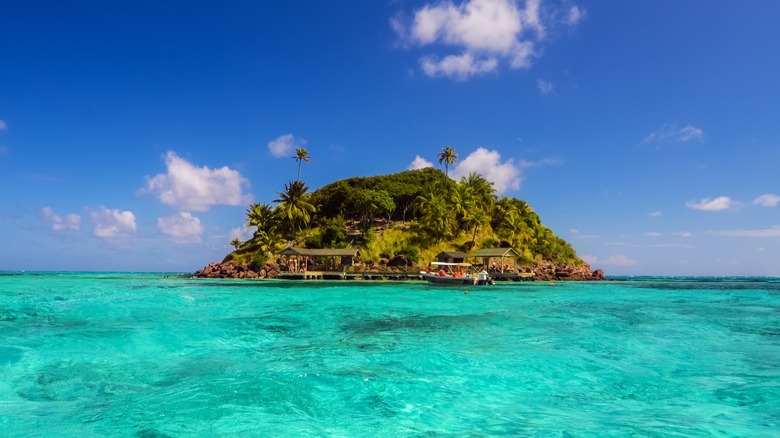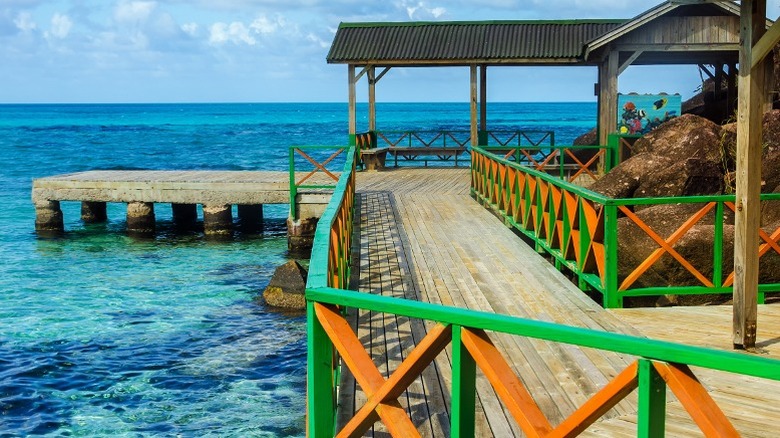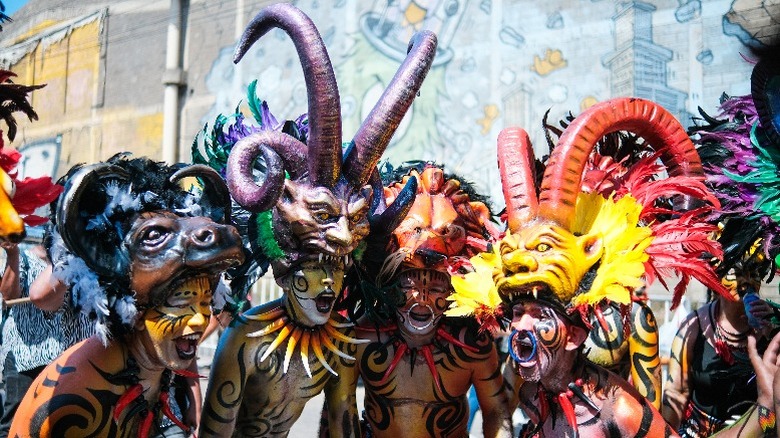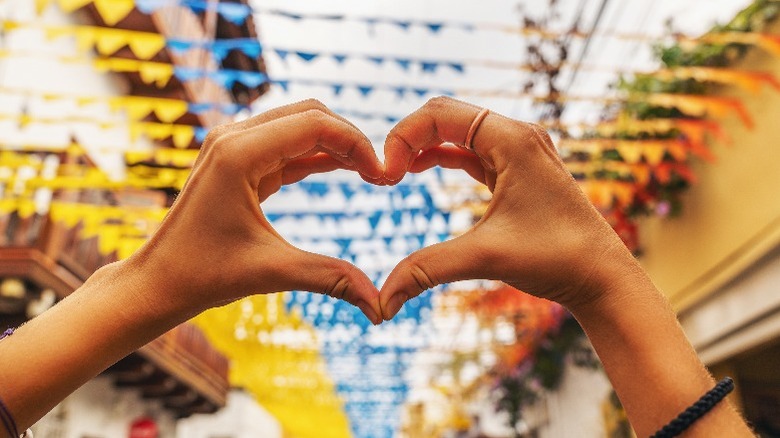Secret Island: Providencia, Colombia
Our rented motorbike lurched to a halt as five scowling Colombian soldiers with machine guns blocked the road. "Despacio!" one barked — Slow down! We crawled around a corner overlooking the turquoise sea, and our jaws dropped. Bazillions of black crabs were climbing from the beach up the cliffs, a vast carpet of crabs covering the road. Another biker rounded the bend and braked. "De crabs go down to the sea to wet their eggs off," he said. "Den they all climb back to the hill with the little ones. The army making sure the crabs don' get molested." We watched in wonder as this sleepy island in the southwest Caribbean revealed another of its secrets, an army of crabs scurrying on tiptoe back into the hills.
Other than Colombian cognoscenti and cruising sailors like my husband, Douglas, and me, few people know about Providencia, located 110 miles off the coast of Nicaragua. In 2000, UNESCO declared the dazzling Colombian archipelago (which also includes the island of San Andrés) part of the Seaflower Biosphere Reserve. For us, on passage from Honduras to Panama aboard Ithaka, our 39-foot sloop, Providencia's crescent harbor offered protection from boisterous seas. We stopped for a boat repair and ended up staying five weeks — working on Ithaka, hiking the mountains, reading long-saved books, and riding the colectivo taxi hither and yon.
Arriving to Providencia
Near the dock, in the single-street hive of activity that is Providencia "town," there are a few supply stores, a post office, a hospital, a school, and an Internet/phone center where the happy Rasta clerk sold us non-refundable phone cards and then told us with genuine remorse that the phones don't work. Our disappointment evaporated, however, when we discovered the town's one bakery — with no name, just a picture of a coffee cup on a hand-painted sign — and joined the queue of folks buying still-warm bread and slices of apple tart.
The island population's mix of African, Spanish and English ancestry means most families speak sing-song Creole at home, English in school and Spanish when they leave for further education in mainland Colombia 440 miles to the southeast. The children, in all hues, are gorgeous. There's one road around the island and a few small inns. Everyone goes home for lunch between noon and 2, and the church is packed on Sundays, the congregation dressed in their best, the hymns wafting throughout the 4-by-2-mile island.
Twenty years ago, most islanders rode horses and paddled wooden cayucos to the weekly market. These days, fresh supplies arrive at the town dock to chaotic fanfare on the rusting, listing hulk of the Miss Raziman. Parades of islanders turn up to see if their shipments from the mainland made it on the ship this time. Nonstop all day, food and other goods emerge from the hold — everything from tomatoes to recliners — each item a cause for someone's celebration.
Meeting a special local
Through the Italian baker, I came to meet Carmeni. Educated in Bogotá, Carmeni had married an islander, as had the baker, and now she taught special-needs children — an ideal credential, I thought, to tutor me in Spanish. She agreed, and every day thereafter, from 9 a.m. till noon, we had "class" in Carmeni's kitchen while preparing traditional Colombian dishes such as roast-spiced fish and potato-and-chicken soup. We chopped, sautéed, and thrashed through conversations in Spanish about everything: native fruits, American politics, and profi ts in Central America, the occasional cluelessness of our husbands. Whenever we arrived on the doorstep of something complicated, we'd switch to Spanglish.
"Narcos?" I asked once, thinking that she was possibly referring to mainland drug traffickers, and she nodded, "Sí, sniffy sniffy." Then we pirouetted into Spanish again. The black-crab migration, she told me later, occurs for two weeks sometime between April and July. "But nobody knows when they'll start," she said. "The rest of the time, they live in the mountains, and islanders hunt them."
Carmeni told us about a local "food sale" at someone's house, which is how islanders collect money for neighbors in need. The year before, when Carmeni's house burned and her family lost everything, the islanders held a sale to help them rebuild. The one we went to benefited a family whose child had leukemia and needed money for flights to get care in Bogotá. We rode the colectivo to join in, eat conch stew, and drink tamarind juice with the locals.
Learning Colombian art, music, and traditions
Through Carmeni, I learned all about Colombian art, music, and traditions. It's one thing to learn a country's language, she told me, another to learn its culture. "You must live it to know it," she said. "You must break bread together."
One evening, ravenous, Douglas and I sat down at one of the island's few restaurants, Amalia's Kitchen. It was a simple room attached to Amalia's house. After studying the tantalizing menu, I ordered the snapper. A forlorn look came over Amalia as she gently shook her gray head.
"No hay snapper today," she said. Any other day, yes, she seemed to promise. I ordered another fish dish. No go. I ordered carne with roasted vegetables. She simply shook her head.
"Qué hay?" I asked. "What is there?"
"Fried chicken," she said.
Perfecto. Once we'd ordered, Amalia unscrewed the single light bulb that lit the dining room and relocated it to the kitchen. We came back several times to Amalia's, and each time she gave us a menu of delicacies she didn't have ingredients for. Each time, waiting while the gentle Amalia fried our chicken, we'd sit in the dark chatting about life, which on this sweet, unexploited island seemed to move at only 5 miles per hour.
Hard to say goodbye
Sailing from Providencia was one of the hardest departures of our travels aboard Ithaka. Carmeni had become a friend I didn't want to leave. She was part of a community where people look after each other, where race seems a non-issue, and where, far from the troubles of the mainland, the military deploys in force to defend crabs.




